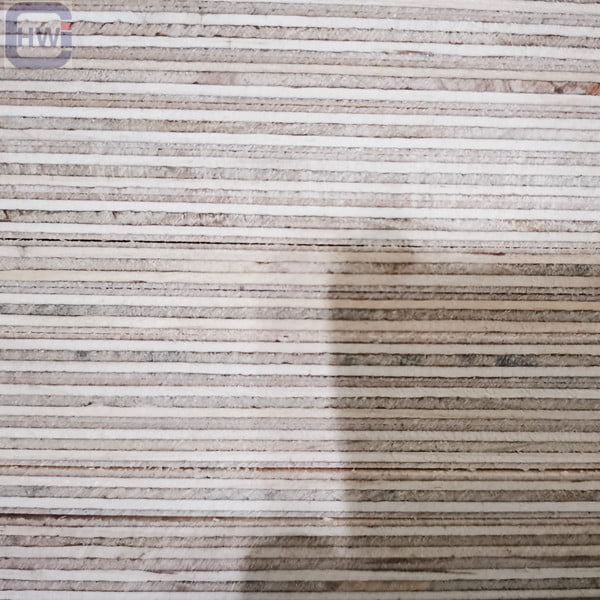
Hello there, fellow adventurers and RV enthusiasts! If you’re reading this, you probably share my passion for the open road, the freedom of RV travel, and the occasional need for some RV roof repair. Whether you’re dealing with a pesky leak, signs of wear and tear, or you simply want to ensure your RV’s roof is in top-notch condition, choosing the right plywood for the job is crucial.
In this comprehensive guide, we’ll explore everything you need to know about selecting the best plywood for your RV roof repair. From understanding plywood types to maintenance tips, we’ve got you covered. So, let’s hit the road and dive right in!
Understanding the Basics: What Is RV Roof Plywood?
Before we get into the nitty-gritty of plywood selection, let’s start with the basics. RV roof plywood is the foundational material that forms the base of your RV’s roof structure. It’s the layer upon which the roofing material, such as rubber or fiberglass, is installed. This plywood layer plays a vital role in providing structural support, insulation, and protection against the elements.
Types of Plywood for RV Roof Repair
When it comes to selecting the right plywood for your RV roof repair, you’ll encounter various types and grades. Here are the most common ones:
1. Structural Plywood:
- Description: Structural plywood is engineered for strength and durability. It’s made by bonding multiple layers (plies) of wood together.
- Best For: It’s an excellent choice for RV roof repair due to its structural integrity and resistance to moisture. It provides the necessary support for your roof.
- Recommended Thickness: 1/2 inch to 3/4 inch, depending on the size and weight of your RV.
2. Marine Plywood:
- Description: Marine plywood is specifically designed to resist water and moisture. It’s constructed with waterproof glue and high-quality wood veneers.
- Best For: If your RV is often exposed to wet conditions or you’re concerned about leaks, marine plywood is an ideal choice.
- Recommended Thickness: 1/2 inch to 3/4 inch.
3. Treated Plywood:
- Description: Treated plywood is treated with chemicals to resist decay, insects, and moisture.
- Best For: It’s suitable for RV owners who want added protection against the elements, especially if your RV spends a lot of time outdoors.
- Recommended Thickness: 1/2 inch to 3/4 inch.
4. Laminated Plywood:
- Description: Laminated plywood features a surface layer that’s often more aesthetically pleasing and can be pre-finished.
- Best For: If you want a visually appealing roof surface without additional finishing, laminated plywood is a great choice.
- Recommended Thickness: 1/2 inch to 3/4 inch.
Factors to Consider When Choosing RV Roof Plywood
Selecting the right plywood for your RV roof repair requires thoughtful consideration. Here are some key factors to keep in mind:
1. Climate:
Consider the climate where you’ll be traveling. If you frequently encounter rain or humidity, opt for moisture-resistant plywood like marine or treated plywood.
2. RV Size and Weight:
Larger RVs and those with added features like air conditioning units may require thicker plywood for sufficient support.
3. Budget:
While quality should be your priority, plywood prices can vary. Determine your budget and find a balance between affordability and quality.
4. Maintenance:
Think about your willingness and ability to perform regular maintenance. Some plywood types require more upkeep than others.
FAQs About RV Roof Plywood
Let’s address some common questions about RV roof plywood:
Q1: Can I install a new layer of plywood over the existing roof?
A1: In some cases, you can add a new layer of plywood over the old one. However, it’s essential to ensure your RV’s roof structure can support the additional weight. Consult with an RV specialist for guidance.
Q2: How often should I inspect and maintain my RV roof plywood?
A2: Regular inspections are crucial. Check your RV’s roof at least twice a year and after significant weather events. Maintenance should include cleaning, resealing seams, and addressing any visible issues promptly.
Q3: Is there a significant difference between marine plywood and treated plywood?
A3: Both marine and treated plywood offer moisture resistance, but marine plywood is specifically designed for water exposure and is often considered superior in wet conditions.
Q4: Can I install roofing material directly on top of plywood without additional layers?
A4: Yes, roofing material can be installed directly on plywood. However, it’s advisable to consult with a professional or the roofing material manufacturer for specific installation guidelines.
Conclusion: Roof Repairs for a Smooth Ride
Selecting the best plywood for your RV roof repair is a vital step in ensuring your travels are smooth, safe, and leak-free. Remember to consider factors like climate, RV size, and budget when making your decision. Regular maintenance and inspections are equally important to extend the life of your RV roof plywood.
For high-quality plywood materials that meet your RV roof repair needs, visit our website here. We’re dedicated to helping you keep your RV in top shape, so you can continue to enjoy the
Post time: 3 10 月, 2023
